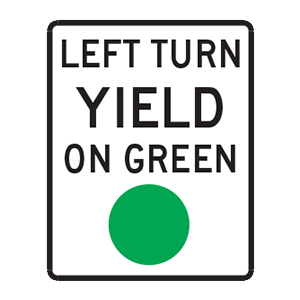2025 West Virginia Permit Test 20
The following questions are from real DMV written tests. These are some of the actual permit questions you will face in West Virginia. Each permit practice test question has three answer choices. Select one answer for each question and select "grade this section." You can find this button at the bottom of the drivers license quiz. For a complete list of questions and answers for West Virginia please visit https://cheat-sheets.dmv-written-test.com/en/west-virginia/car.
Number of Tests
Number of Question
Passing Score
7. Which of the following is true about driving on a wet roadway?
Explanation
The faster you drive on a wet roadway, the less effective your tires will be at wiping the water from the road. If your speed becomes excessive enough, your tires will lose their grip on the road entirely and you will begin to hydroplane (that is, to slide down the road on a film of water).
8. What should you do if your vehicle’s right wheels leave the pavement?
Explanation
If your vehicle’s right wheels leave the pavement, don't panic. Take your foot off the accelerator and steer parallel to the road. Slow down and ease back onto the roadway by keeping both hands on the steering wheel and steering into the road’s right lane with a small turn of the steering wheel. Check for traffic around you before steering back onto the pavement.
9. This sign means:

Explanation
Regulation signs regulate traffic speed and movement, displaying rules which drivers must obey. This regulation sign indicates that drivers turning left at a green light must yield to oncoming traffic and may complete the turn when it is safe to do so.
10. Compared to driving during the day, driving at night is:
Explanation
Driving at night is more dangerous than driving during the day for several reasons. It is harder to see in the dark, you may be temporarily blinded by the glare from other vehicles' lights, and there are likely to be more drivers on the road who are tired or under the influence.
11. When faced with an oncoming car to the left and a bicyclist to the right, you should:
Explanation
When there is more than one potential hazard on the road, you should ensure that you only have to deal with one of them at a time. For example, when there is a bicyclist on the right that you want to pass and an oncoming car to the left, you should not try to squeeze between both at the same time. Instead, let the oncoming car pass, and then pass the bicyclist.
12. Lanes of traffic moving in the same direction are divided by ____ lines.
Explanation
